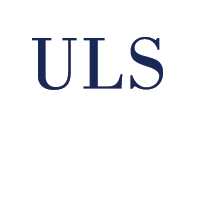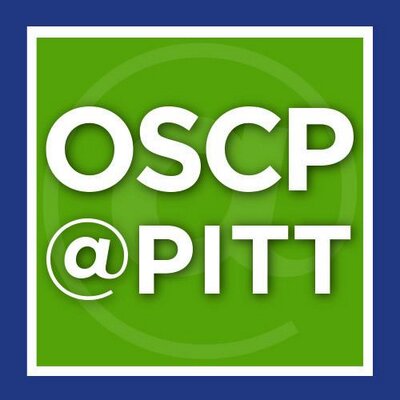Katsuramaki, T and Suzuki, T and Zhu, Y and Starzl, TE and Matsura, S and Todo, S
(1999)
Beta-glucan reflects liver injury after preservation and transplantation in dogs.
J Invest Surg, 12 (1).
39 - 43.
ISSN 0894-1939
Abstract
Graft failure and extrahepatic organ complications, which frequently develop after transplantation, may be related to inflammatory mediators stimulated by endotoxin (ET). The role of endotoxemia after liver transplantation is controversial and may depend upon differences in the ET assay method used in the various contradicting studies. While the standard Limulus amebocyte lysate (LAL) is reactive for ET and beta-glucan, a novel turbidimetric assay method enables separate determinations of ET and beta-glucan. Beagle dogs undergoing orthotopic liver transplantation were divided into two groups. In Group I (n = 6) the grafts were transplanted immediately and in Group II (n = 6) grafts were preserved for 48 h in University of Wisconsin (UW) solution. Animals received cyclosporine immunosuppression and were followed for 14 days. Daily measurements of aspartate aminotransferase (AST), alanine aminotransferase (ALT), and lactate dehydrogenase (LDH) were performed. Samples for ET and beta-glucan measurement were collected serially and processed using the turbidimetric assay method. While no graft failure was seen in Group I, three of six Group II animals died from graft failure within 1 day after transplantation. Preservation and reperfusion injury was much more severe in the Group II grafts than in Group I grafts. While endotoxemia could not be detected, postoperative beta-glucan levels (undetectable pretransplant) were seen in both groups. Beta-glucan levels were much higher in Group II grafts than in Group I grafts, and correlated with the severity of liver damage. In conclusion, this study shows that beta-glucan, instead of ET, appears during the early posttransplant period. We believe that posttransplant elevation of beta-glucan is related to liver damage, especially endothelial damage by preservation and reperfusion.
Share
| Citation/Export: |
|
| Social Networking: |
|
Details
| Item Type: |
Article
|
| Status: |
Published |
| Creators/Authors: |
| Creators | Email | Pitt Username | ORCID  |
|---|
| Katsuramaki, T | | | | | Suzuki, T | | | | | Zhu, Y | | | | | Starzl, TE | tes11@pitt.edu | TES11 | | | Matsura, S | | | | | Todo, S | | | |
|
| Centers: |
Other Centers, Institutes, Offices, or Units > Thomas E. Starzl Transplantation Institute |
| Date: |
1999 |
| Date Type: |
Publication |
| Journal or Publication Title: |
J Invest Surg |
| Volume: |
12 |
| Number: |
1 |
| Page Range: |
39 - 43 |
| DOI or Unique Handle: |
10.1080/089419399272755 |
| Institution: |
University of Pittsburgh |
| Refereed: |
Yes |
| Uncontrolled Keywords: |
Alanine Transaminase, Animals, Aspartate Aminotransferases, Dogs, Endotoxins, Female, Glucans, L-Lactate Dehydrogenase, Liver, Liver Transplantation, Organ Preservation, Transplantation, Homologous |
| ISSN: |
0894-1939 |
| Funders: |
NIDDK NIH HHS (R01 DK029961-19), NIDDK NIH HHS (DK-29961) |
| Other ID: |
uls-drl:31735062120104, Starzl CV No. 2102 |
| Date Deposited: |
08 Apr 2010 17:36 |
| Last Modified: |
03 Dec 2022 13:56 |
| URI: |
http://d-scholarship.pitt.edu/id/eprint/5488 |
Metrics
Monthly Views for the past 3 years
Plum Analytics
Altmetric.com
Actions (login required)
 |
View Item |








